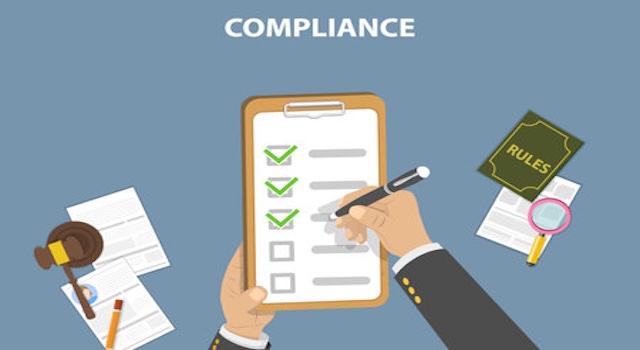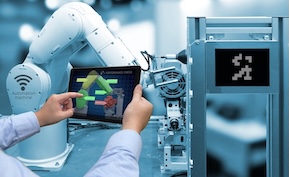Continuous Compliance: Embedding Real-Time Audit Controls in Enterprise Systems
Traditional compliance has long been based on periodic audits, manual reviews, and static reports. In today’s fast-moving business environment, this model no longer provides the visibility or speed required to manage risk effectively. Continuous compliance introduces a modern approach—embedding automated controls directly into enterprise systems to monitor, detect, and resolve issues in real time. This evolution transforms compliance from a reactive function into a proactive business capability.
The shift from periodic audits to continuous oversight
In many organizations, compliance checks occur quarterly or annually, often after transactions have already taken place. This delayed approach increases the risk of noncompliance and exposes companies to penalties or reputational damage. Continuous compliance integrates monitoring mechanisms directly into business workflows. Instead of waiting for an external review, systems track and validate activities as they happen, ensuring compliance is maintained across all transactions.
How continuous compliance works
Modern enterprise systems now support embedded audit controls and automated policy enforcement. These controls monitor data entries, user actions, and process steps in real time. Machine learning models identify unusual patterns, such as duplicate payments or unauthorized access attempts, while automated alerts notify compliance teams immediately. The result is a continuous loop of detection, response, and improvement that strengthens governance and transparency.
Integrating compliance into ERP and business systems
ERP platforms have become central to continuous compliance strategies. By embedding audit rules within modules for finance, procurement, and supply chain management, organizations can ensure every transaction adheres to internal policies and external regulations. Automated controls verify segregation of duties, validate vendor information, and cross-check invoices against purchase orders—reducing errors and improving audit readiness without manual intervention.
The role of AI and automation
Artificial intelligence enhances compliance monitoring by analyzing large volumes of data for anomalies that human auditors might miss. Automated systems can prioritize alerts, assess risk severity, and even recommend corrective actions. Over time, AI models learn from historical cases, improving accuracy and reducing false positives. This intelligence allows compliance teams to focus on investigation and prevention rather than routine data validation.
Benefits of real-time audit controls
Continuous compliance delivers measurable value across the organization. Real-time visibility reduces the window for noncompliant activities, lowering the likelihood of fines and penalties. Audit readiness improves as evidence is automatically logged and organized for review. Business leaders gain confidence in data integrity, and compliance officers can shift their attention from manual checks to strategic risk management. The organization becomes both more efficient and more resilient.
Implementing continuous compliance successfully
Transitioning to continuous compliance requires a structured approach. Organizations should start by identifying high-risk processes where real-time monitoring delivers the most value—such as financial reporting, vendor management, or data privacy. Next, align compliance policies with system logic and define exception thresholds that trigger alerts. Collaboration between IT, finance, and compliance teams is essential to ensure controls are both technically sound and operationally practical.
Building a culture of accountability
Technology alone cannot sustain compliance. Employees must understand the importance of following policies and reporting anomalies. Regular training and transparent communication foster a culture of accountability, where compliance becomes part of everyday operations rather than an afterthought. Continuous feedback loops help teams refine rules and controls over time, ensuring that compliance evolves alongside business processes.
The future of compliance management
As regulatory expectations grow more complex, continuous compliance will become a standard practice across industries. Emerging technologies such as blockchain, robotic process automation, and predictive analytics will further enhance audit transparency and data accuracy. The shift from static audits to dynamic oversight represents a major step forward—one that aligns compliance with the speed and complexity of modern enterprise operations.
The takeaway
Continuous compliance transforms audit management from a reactive burden into a proactive capability. By embedding real-time controls into enterprise systems, organizations gain constant visibility into their compliance posture and reduce the risk of costly violations. As technology continues to evolve, continuous compliance will define the new standard for trust, accountability, and operational excellence in the digital enterprise.







